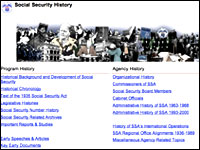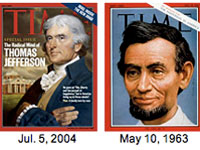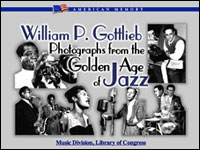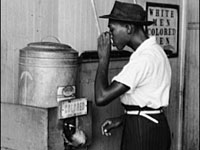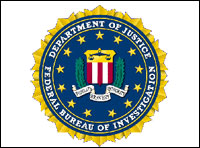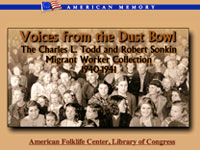Profiles in Science

These documents, exhibits, photographs, and essays tell the history of 26 prominent 20th-century scientists, physicians, and experts in biomedical research and public health. The site is divided thematically into "Biomedical Research," "Health and Medicine," and "Fostering Science and Health." The collections include published and unpublished items, such as books, journals, pamphlets, diaries, letters, manuscripts, photographs, audiotapes, video clips, and other materials. Each exhibit includes introductory narratives and biographies of each scientist and a selection of noteworthy documents. The collections are particularly strong in cellular biology, genetics, and biochemistry, with attention to health and medical research policy, application of computers in medicine, science education, and the history of modern science.
